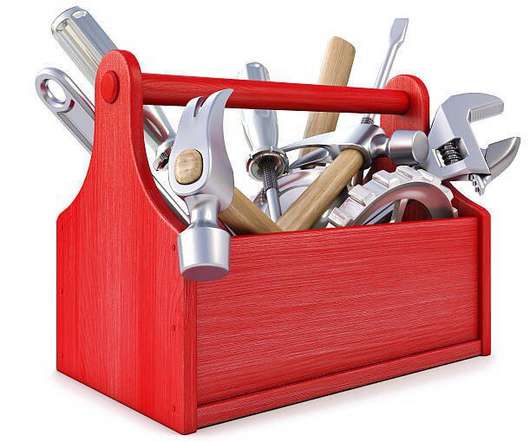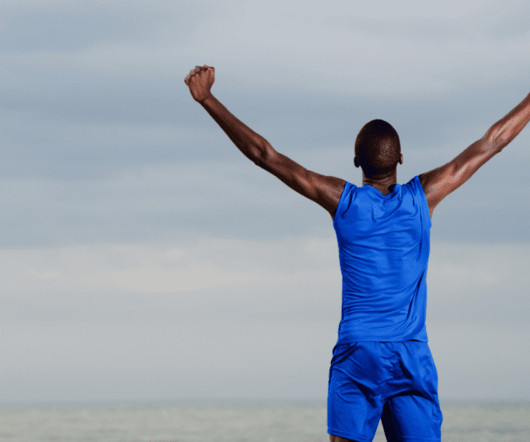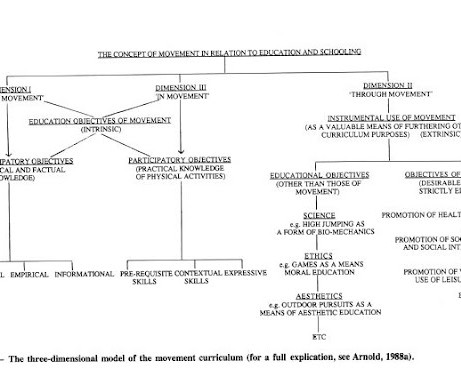Preteen Beats ACL-Meniscus Tear With Grit and Great Care
Stanford Childrens
AUGUST 9, 2023
The Children’s Orthopedic and Sports Medicine Center provides the latest treatments for a wide range of orthopedic and musculoskeletal conditions—from simple to highly complex. His results indicated that his knee strength and biomechanical symmetry were all above 90% of goal.











Let's personalize your content